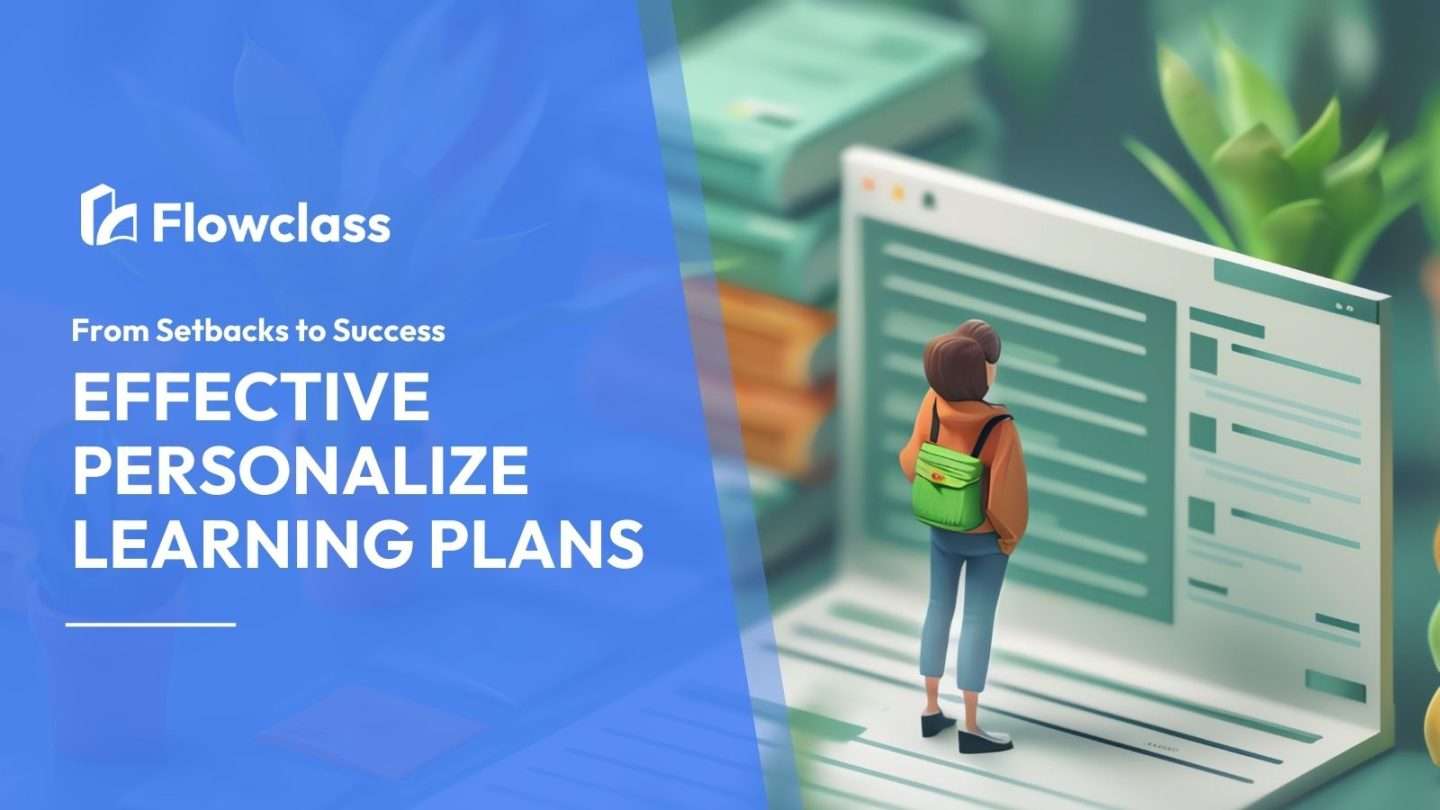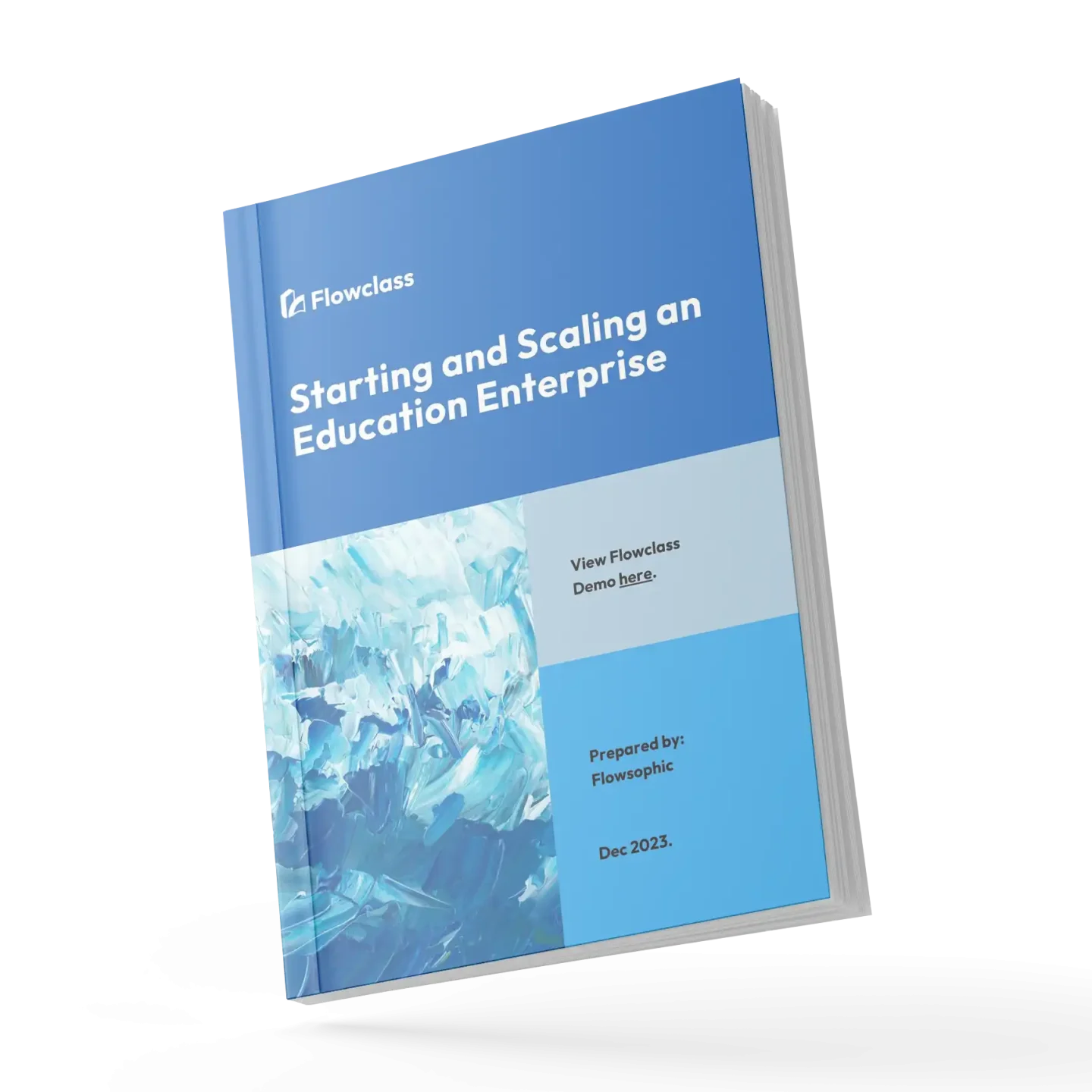In a world where traditional education faces new challenges, personalized learning strategies are emerging as powerful solutions. These strategies can transform setbacks into success, benefiting students, teachers, and parents alike. Understanding how to implement effective personalized learning plans can significantly impact educational goals.
Importance of Personalized Learning Plans
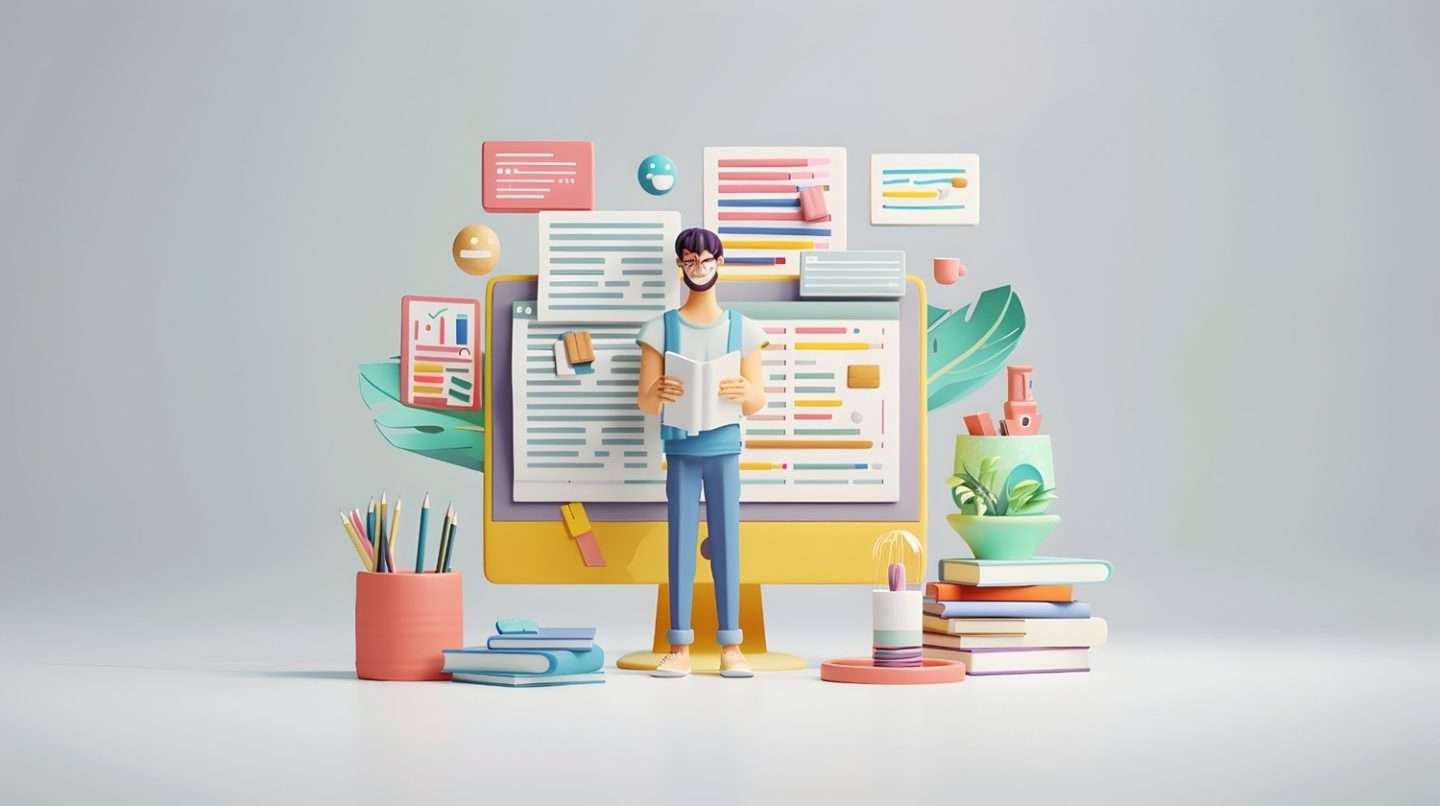
Personalized learning plans recognize that every learner is unique, each with different strengths and learning styles. By focusing on customized approaches, these plans enhance engagement and motivation. Consequently, students are more likely to take ownership of their education, leading to improved outcomes.
Furthermore, personalized learning plans address diverse learning styles. Some students excel with visual aids, while others thrive through hands-on experiences. By incorporating various teaching methods, educators create inclusive environments that boost comprehension and retention.
Moreover, these plans empower students to set their own goals and pace. This flexibility allows them to grasp challenging concepts without the pressure of keeping up with peers. As learners progress at their own speed, feelings of frustration diminish, fostering a growth mindset.
Common Setbacks in Personalized Learning Plans
Despite their many benefits, personalized learning plans face challenges. One major issue is the lack of resources for educators. Many teachers feel overwhelmed by the demands of creating individualized learning plans and managing classroom dynamics simultaneously.
Additionally, students may become disengaged in personalized learning environments. The freedom to choose their paths can lead to procrastination or avoidance of difficult tasks. Without proper structure, maintaining focus and accountability becomes challenging.
Furthermore, technology plays a crucial role in personalized learning. However, not all students have equal access to these resources. Disparities can create inequitable learning environments, particularly for those from low-income backgrounds. Addressing these challenges is essential for maximizing personalized learning’s benefits.
Overcoming Setbacks in Personalized Learning Plans
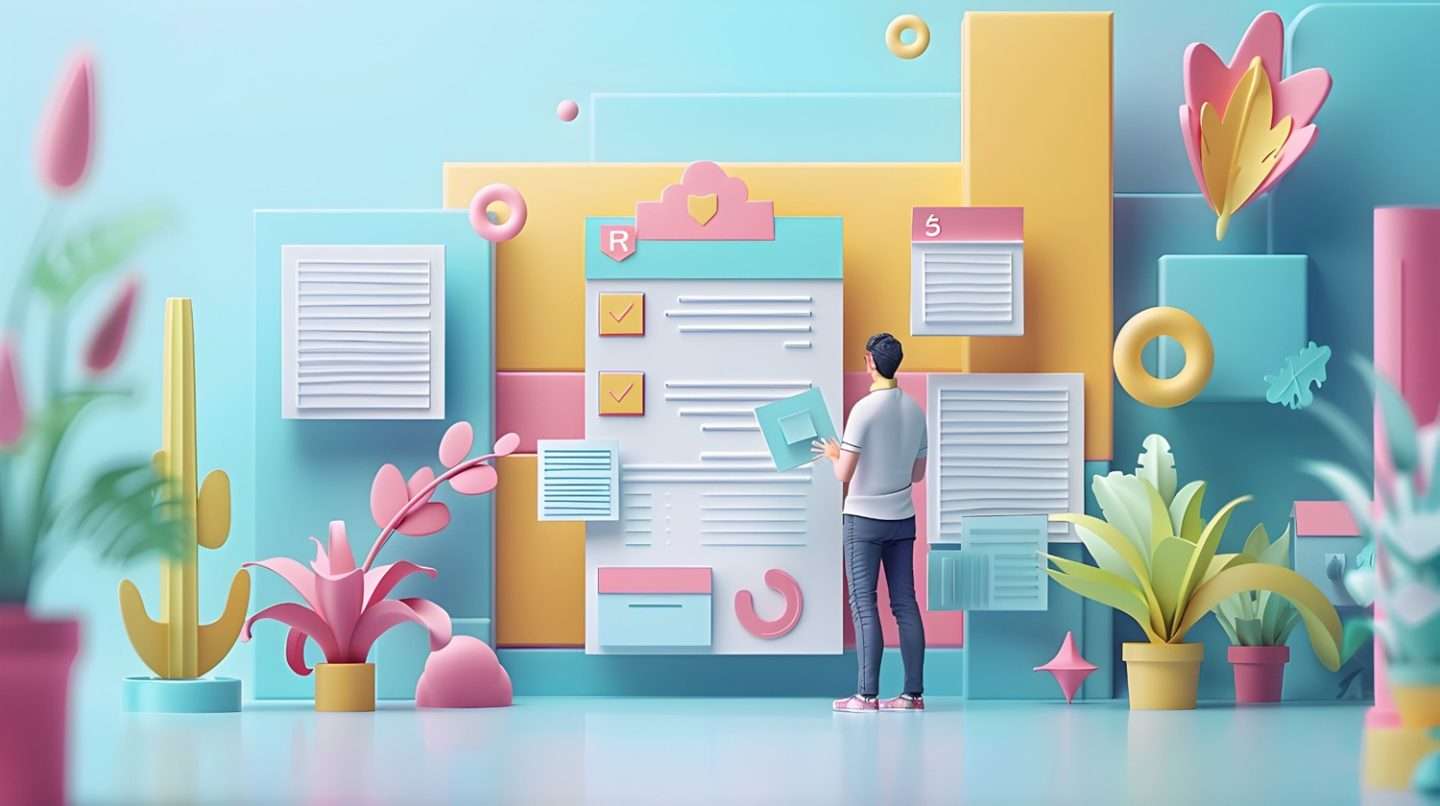
To overcome these challenges, schools must provide educators with adequate training and resources. Professional development focused on personalized learning can equip teachers to design effective plans. By fostering collaboration, schools can enhance their approach.
Encouraging student engagement through mentorship is also vital. Regular check-ins help students stay focused and accountable. Additionally, setting short-term goals allows students to celebrate achievements, reinforcing motivation and self-management skills.
Ensuring equitable access to technology is crucial. Schools can partner with local organizations to provide devices and internet access to underserved students. Offering training sessions for navigating educational technology can help bridge the digital divide.
Effective Personalized Learning Plans

Implementing effective personalized learning plans requires a thoughtful approach. One key strategy is developing Individualized Learning Plans (ILPs) that outline specific goals and resources tailored to each student. Collaboratively creating these plans fosters ownership of the learning journey.
Another effective strategy involves using formative assessments to gauge understanding continuously. Unlike traditional assessments, formative assessments provide ongoing feedback, allowing educators to adjust teaching methods dynamically. This approach ensures that each student receives the support they need.
Additionally, fostering collaborative learning environments enhances personalized learning experiences. Group projects and peer-to-peer learning encourage knowledge sharing and develop critical social skills. A classroom culture that values collaboration promotes community among learners.
Individualized Learning Plans: A Foundation for Success
Individualized Learning Plans (ILPs) are essential for personalized learning. These plans offer structured frameworks that guide students through their educational process. By setting SMART goals, students understand their objectives and the steps needed to achieve them.
Involving students in creating their ILPs empowers them to take ownership. When students participate in goal-setting, they are more likely to invest in their education. This involvement enhances motivation and encourages reflection on strengths and areas for improvement.
Moreover, ILPs facilitate communication between educators and parents. Sharing these plans creates a collaborative support system that extends beyond the classroom. Parents can actively support their child’s education, reinforcing the importance of personalized learning.
Technology Tools for Personalized Learning Plans
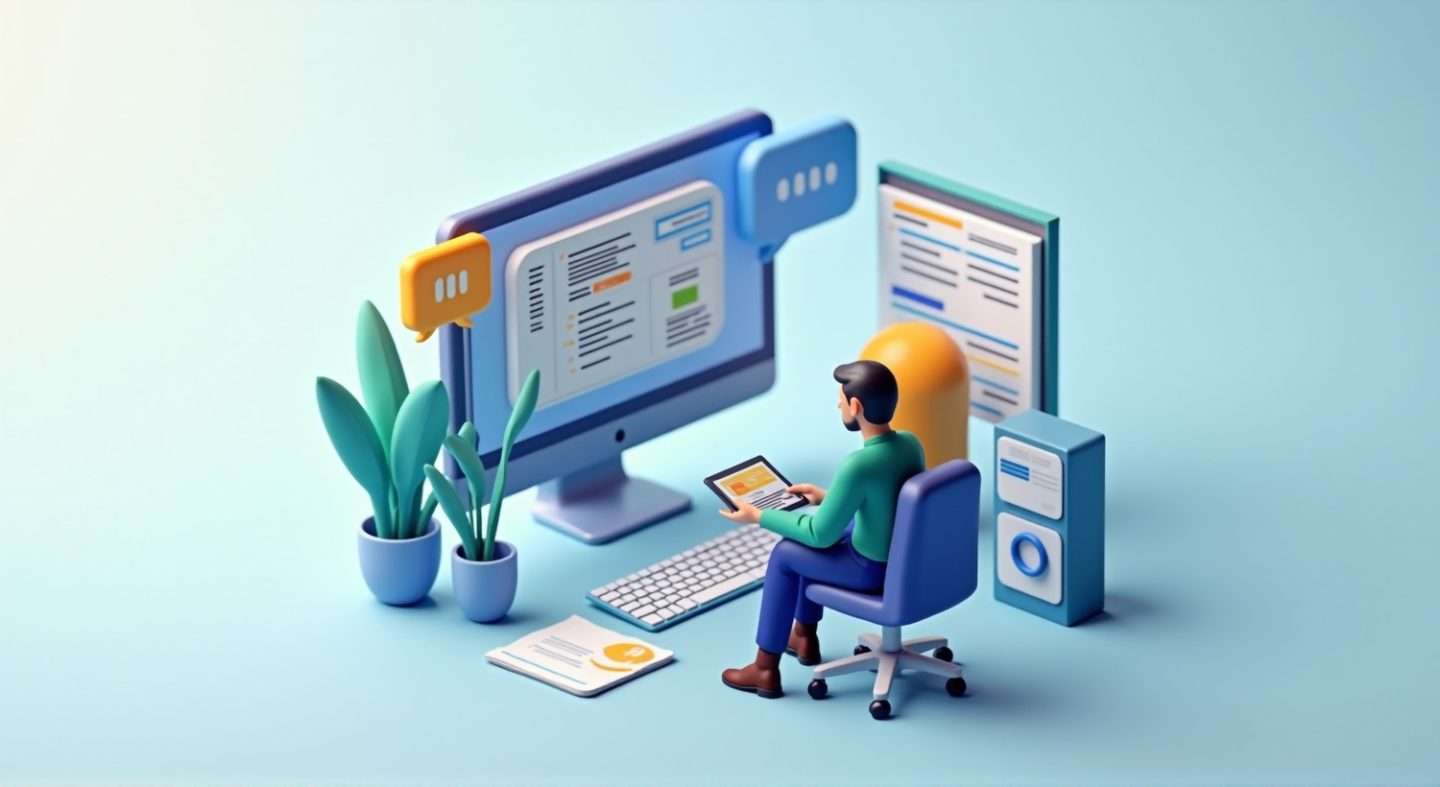
Technology plays a pivotal role in personalized learning. Various tools and platforms support individualized learning by offering tailored resources. Learning Management Systems (LMS) allow educators to create customized pathways, providing access to digital materials.
Adaptive learning technologies analyze student performance in real-time, offering customized content. If a student excels, the system can provide advanced materials to challenge them further. Conversely, it can offer targeted interventions for those who struggle.
Additionally, gamification and simulation platforms engage students in personalized learning. By incorporating fun, interactive elements, these tools motivate students to engage with content meaningfully.
Personalized Learning Plans in Different Educational Settings
Personalized learning plans can be implemented across various educational settings, including traditional classrooms and online environments. In traditional settings, teachers can differentiate instruction to meet diverse needs, ensuring every student has the opportunity to succeed.
In online learning, personalized plans take on unique forms. Self-paced courses allow students to progress at their speed, especially beneficial for those needing extra time. Interactive elements cater to different learning styles, making education more accessible.
Blended learning models combine in-person instruction with online components, leveraging the strengths of both. This approach allows for direct support during face-to-face interactions while utilizing technology for individualized experiences outside the classroom.
Success Stories of Personalized Learning Plans
Numerous success stories illustrate the power of personalized learning. One school district implemented individualized learning plans for struggling math students. By tailoring instruction to their unique challenges, educators saw remarkable improvements in confidence and test scores.
Another high school adopted a blended learning model. By combining online resources with in-person lessons, teachers tailored instruction to meet diverse needs. One student, previously struggling with reading, thrived in this environment, ultimately developing a passion for literature.
Additionally, a charter school focused on project-based learning exemplifies personalized strategies. Allowing students to pursue their interests led to higher engagement and improved academic performance. These stories highlight the transformative potential of personalized learning.
Conclusion: Embracing Personalized Learning Plans for Future Success
Embracing personalized learning plans is essential for success in today’s diverse educational landscape. By recognizing each learner’s unique needs, educators can create tailored experiences that enhance motivation and retention.
To overcome setbacks, collaboration among educators, parents, and students is vital. By investing in professional development and ensuring equitable access to resources, we can maximize personalized learning’s benefits.
Ultimately, the journey toward personalized education is one of continuous growth. By leveraging effective strategies and technology, we can empower learners to achieve their educational goals. Embracing personalized learning is a transformative approach that unlocks the potential of every student.Share

